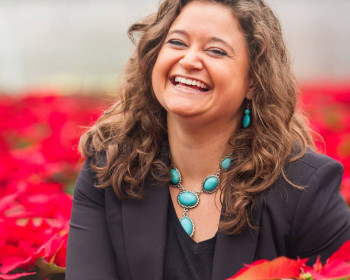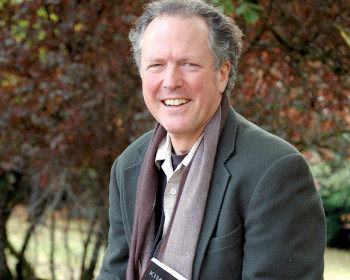Professor explains value of place- and community-based education
Open gallery

In an article for Clearing: Pacific Northwest Journal of Community-Based Environmental Literacy Education, Professor of Education Greg Smith explains place- and community-based education and guides teachers toward using these models in the classroom.
Smith highlighted the work of students at Benson High School in Portland who used their knowledge of the Pythagorean theorem and trigonometry to build a 120-square-foot structure for the homeless residents of Dignity Village. This approach, he says, serves both students and the wider community.
“Learning becomes meaningful as the boundaries between classroom and the world beyond are reduced,” Smith said. “Students understand the value of what they’re learning, and tax-paying citizens come to see public school as an institution that gives back as well as takes.”
Much of Smith’s research draws on local knowledge, phenomena, and experience as a foundation for teaching and learning. Place- and community-based education aims to connect students with their surrounding communities and regions, preparing them to shape a more just and sustainable society.
Caleb Diehl ’16 contributed to this story.
Graduate Communications is located in room 205 of Rogers Hall on the Graduate Campus.
voice 503-768-6054
fax 503-768-6053
Graduate Communications
Lewis & Clark
615 S. Palatine Hill Road
Portland OR 97219

